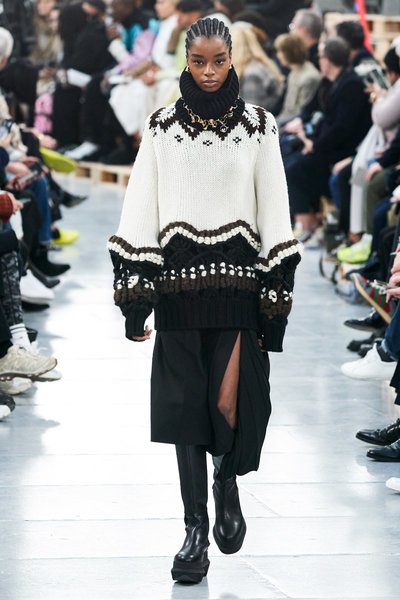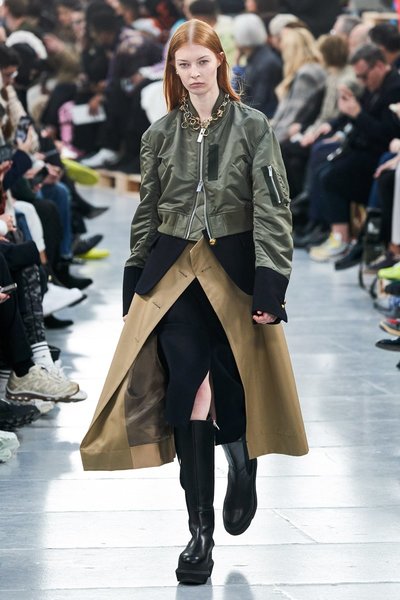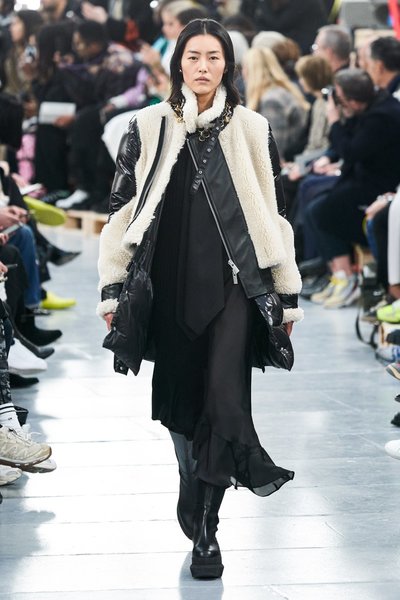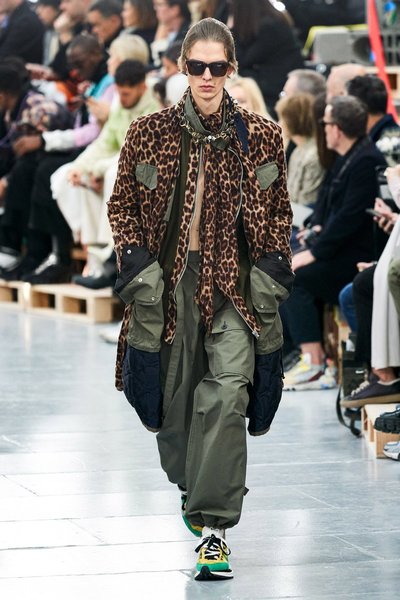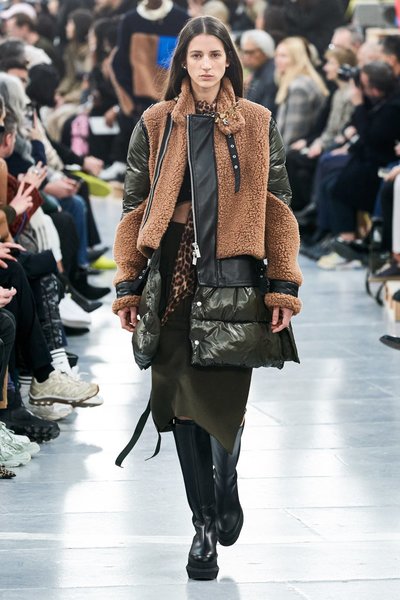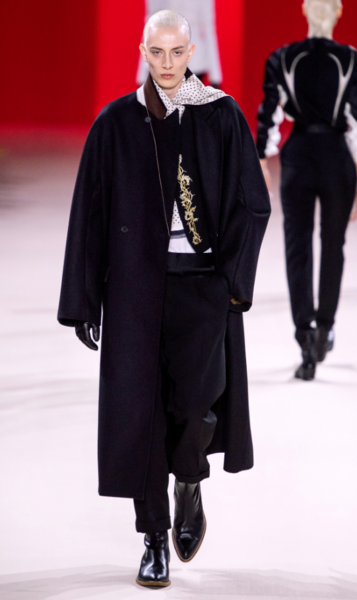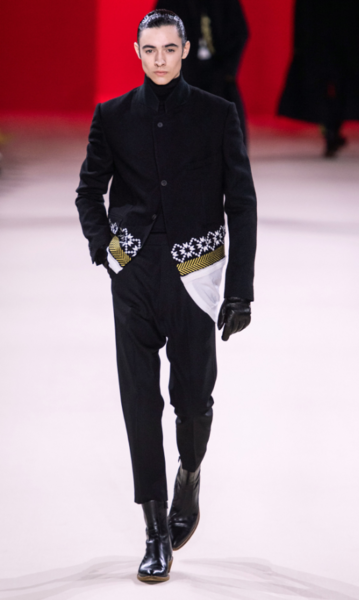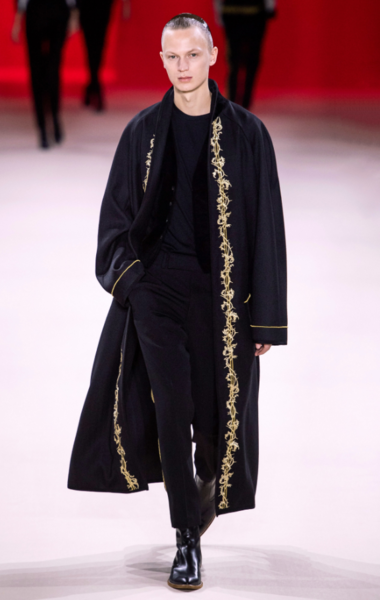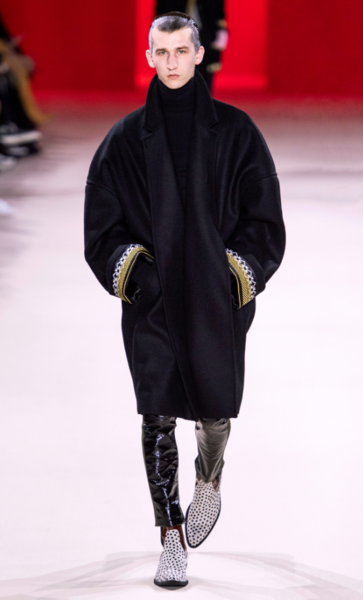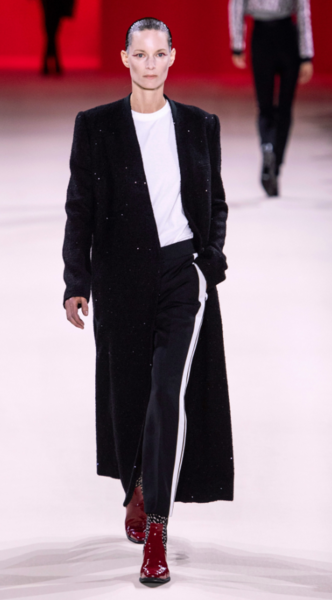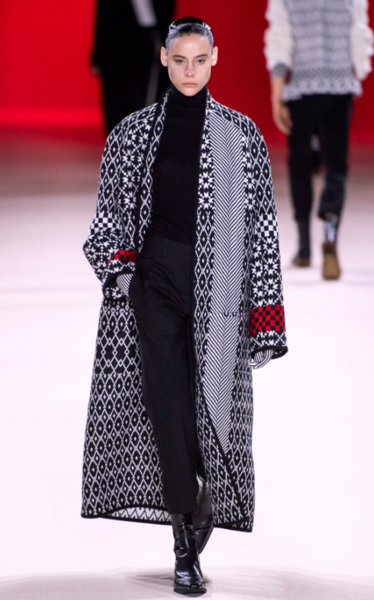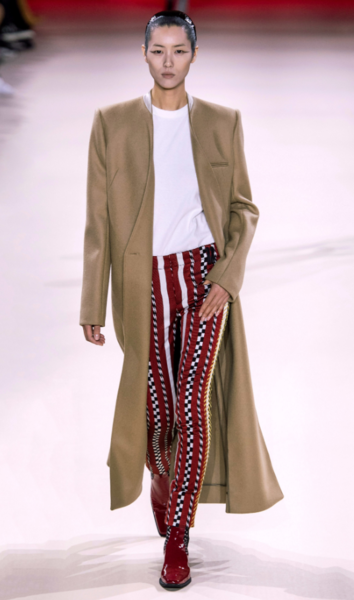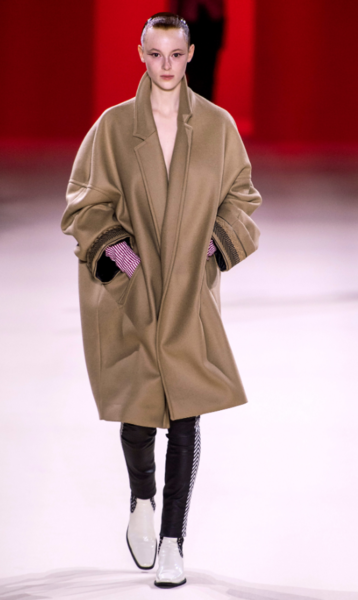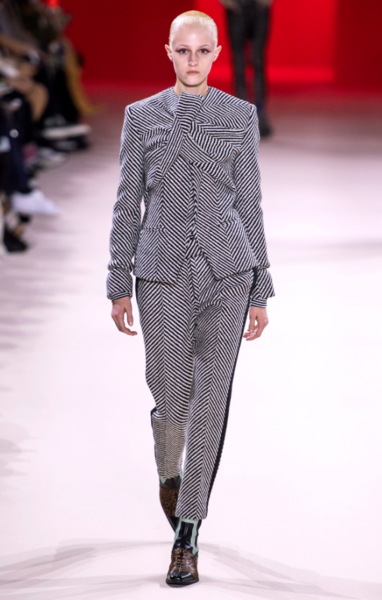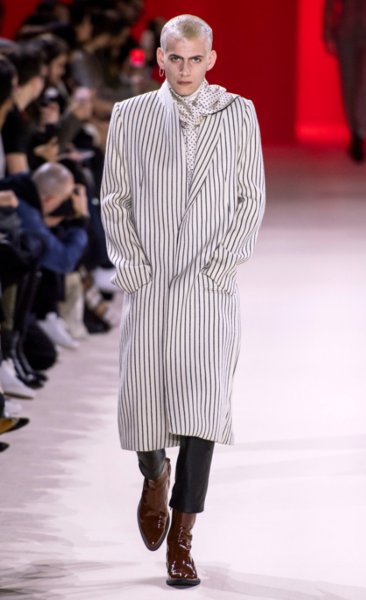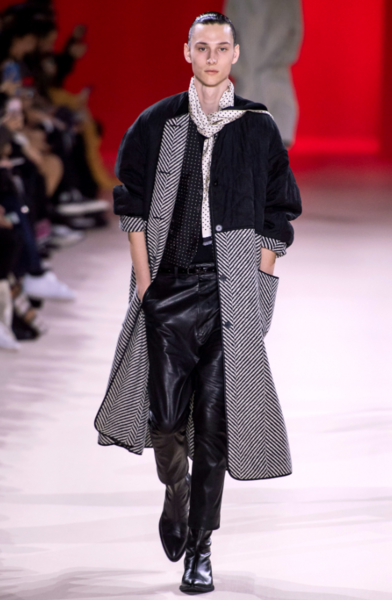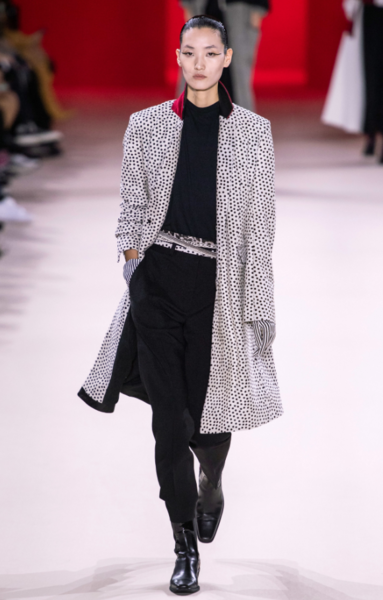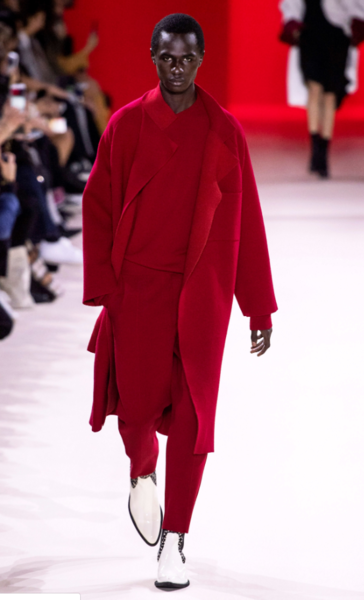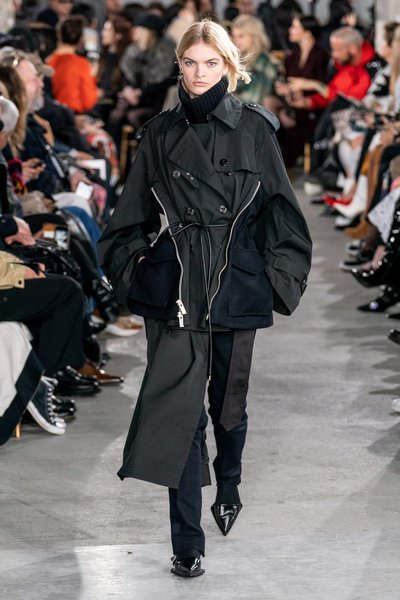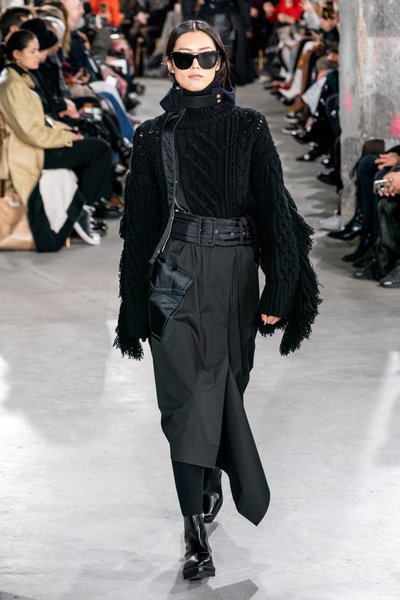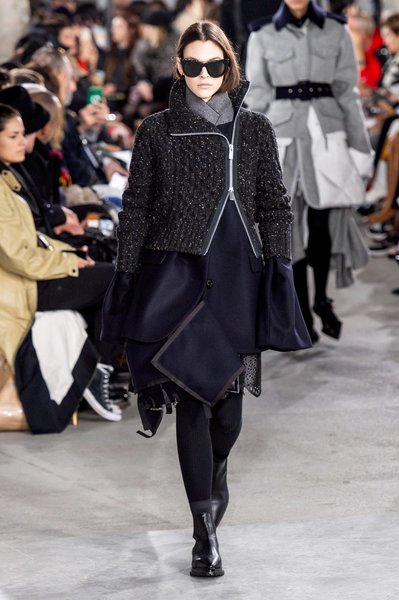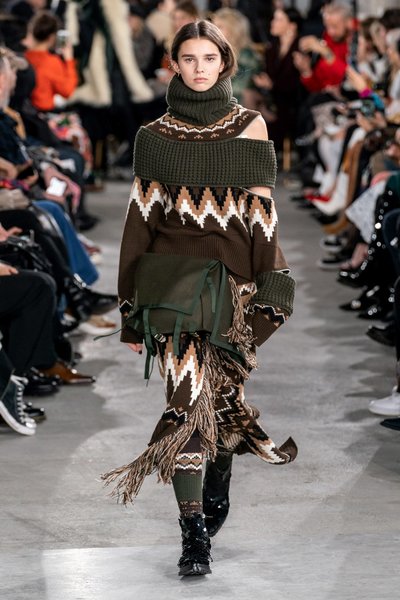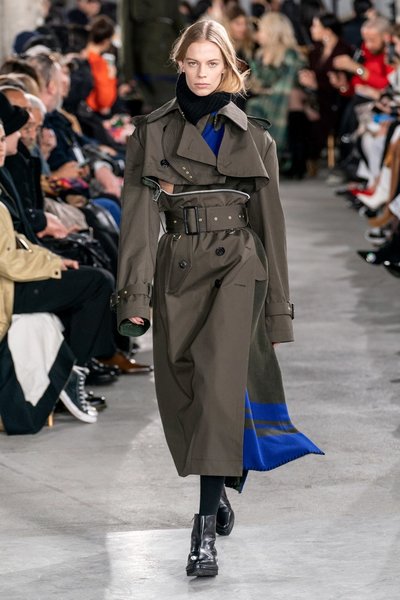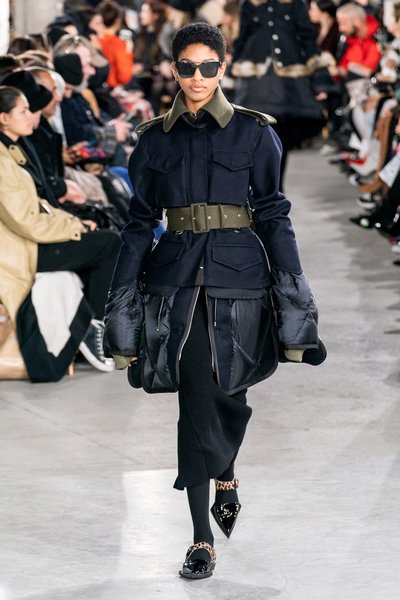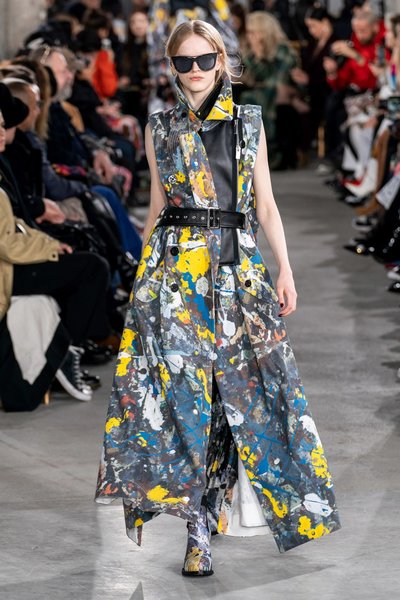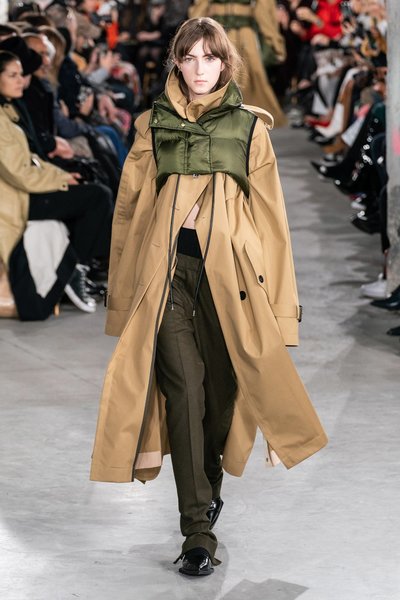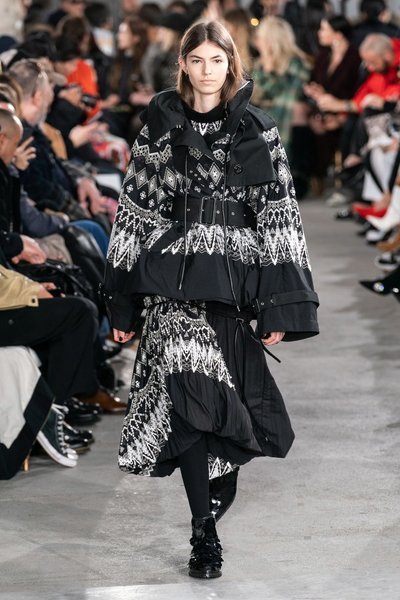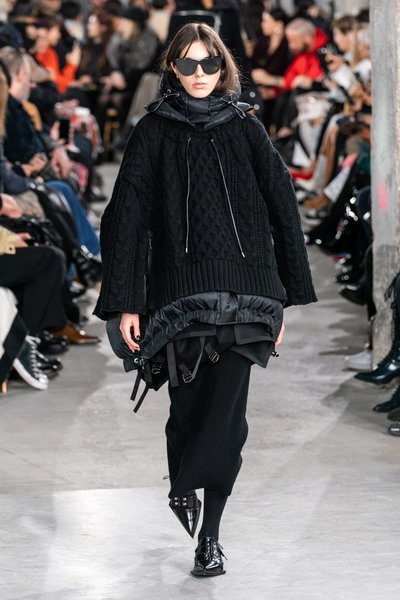snake
Distinguished Member
- Joined
- Jun 2, 2008
- Messages
- 5,265
- Reaction score
- 2,352
Was going through this last night and had thought you posted a pic of tommy lee jones for a sec.
New MMM



-vs-* * *Les interviews
1. describe your menswear design philosophy.
'Virility, individuality, masculinity without age'
2. What is the most enjoyable part of design?
'The conception, it's research, the inspiration.'
3. How would you describe your customer?
'Disparate, yet mainly from the creative fields.'
4. How would you describe your creative process and what fuels your design process?
'Continuous and drawn from day-to-day life with a reference to periods or our recent past where men were more resplendent than recently.
5. Does your design process always follow the same track?
'Not always yet usually, like most things instinctive.'
6. How would you define successful menswear?
'Invisible, melded with the person so much so that they both become one.'
7. How improtant is masculinity in menswear?
'Vital.'
8. How would you describe contemporary menswear?
'For the moment it seems to be eccentrically varied yet with a leaning towards 1980s music references.'
9. How do you know when a garment is complete?
'You just do!'
10. What is the most challenging aspect of design?
'Pushing forward yet remaining true to the authenticity of the garment.'
11. How many of your menswear ideas are based on tradition?
'Practically all, yet one man's tradition can be another's poison.'
12. How are you personally innovative/modern with menswear?
'That's for others to decide we just ''do'', continue and hopefully grow.'
13. How would you define your aesthetic?
'A sensibility, sensuality, a ''self''.'Maison Martin Margiela for view on Colour 04/02/1998
(BEGINS)
WHAT IS COLOUR?
An intensity, a temperature, a clash, a harmony.
AND
HOW DO YOU USE IT?
When it asks.
WHAT IS BLACK?
An absence, a presence, a mood, a mantle.
WHAT IS RED?
A blush, a flush, a fever, a command.
WHAT IS SKIN?
A protection.
WHAT IS FABRIC?
A medium.
WHAT IS TEXTURE?
A result of time.
WHAT IS CONSTRUCTION?
A means to an end.
WHAT IS FUNCTION?
A reply to a need.
WHAT IS ART?
A need to reply.
WHAT IS CRAFTMANSHIP?
A fruit of time.
WHAT IS CLOTHING?
The final layer.
WHAT IS FASHION?
A series of propositions.
WHAT IS RECYCLING?
Another chance.
HOW DOES RECYCLING FIT INTO YOUR WORK?
By nature.
HOW DOES A CONCEPT DEVELOP AT MAISON MARTIN MARGIELA?
Time, a question, a reply.
HOW DOES A CONCEPT DEVELOP AT HERMES?
Time, another question, another reply.
WHAT WOULD YOU LIKE TO DEVELOP? BESIDES CLOTHING?
An understanding.
WHAT WORDS DO YOU LIVE BY?
We.
(ENDS)
Was going through this last night and had thought you posted a pic of tommy lee jones for a sec.
























